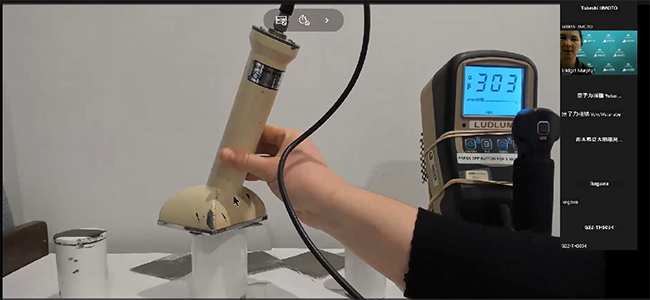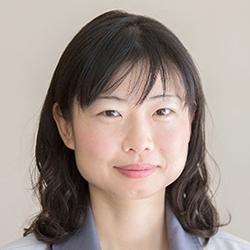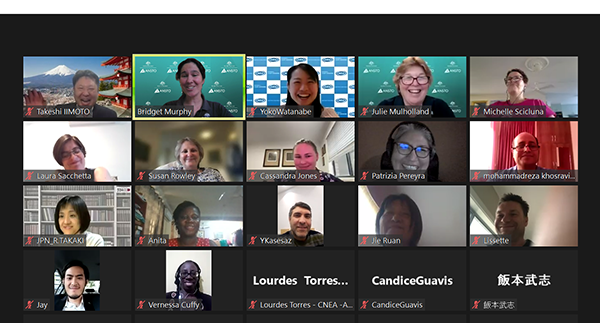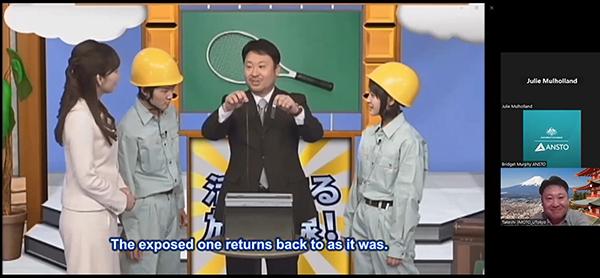ANSTO has recently concluded up a successful cross-cultural nuclear science education project between Australia and Japan.
In collaboration with the Japan Atomic Energy Agency (JAEA) and the University of Tokyo, the project brought together 200 university students, 180 secondary school students and 40 schoolteachers across the two countries.
Participants learned about the history, cultural perspectives, career opportunities and applications of nuclear science in Australia and Japan in interactive presentations, demonstrations and discussions.
Engaging next-generation nuclear science professionals in Australia and Japan was funded by the Australian Department of Foreign Affairs and Trade’s 2022-23 Australia-Japan Foundation grant.
Dr Bridget Murphy, Education Manager (Secondary) at the Discovery Centre, was the ANSTO lead on the project.

“University students from both Australia and Japan were very interested in future career opportunities in nuclear science. They also had a broad range of questions about communicating science to the public effectively, radiation safety, the use of nuclear energy in combating climate change, and international collaboration in nuclear,” Dr Murphy said.

Yoko Nara, (right) the JAEA lead on the project, was based at the ANSTO Discovery Centre for 12 months on secondment and generously shared her expertise and experience with many Australian teachers and students.
“There was great interest in the Japanese perspective on nuclear science. Nuclear energy is an important electricity source in Japan, but the Fukushima accident in 2011 resulted in significant public distrust in nuclear, so rebuilding that trust is a challenge,” Ms Nara said.

Teachers from both Australia and Japan valued a cross-cultural perspective on the methods for teaching this subject in the classroom, using videos, hands-on and data-based approaches to instruction in nuclear science.
Professor Takeshi Iimoto of the University of Tokyo emphasised the role of project-based learning and suggested that even humour can make nuclear more understandable for school students.

“We need different approaches for communicating nuclear science to different audiences – it’s not a one-size-fits-all situation,” Prof. Iimoto said.
ANSTO is pleased to continue professional development with teachers in Asia, building on past experience working with teachers internationally through the International Atomic Energy Agency (IAEA).
There are strong links between Australia and Japan in the field of nuclear science, including commercial agreements for the production and supply of nuclear medicines and irradiating silicon to make high-quality semiconductors for electronics.
There is also significant intellectual exchange between the two countries in nuclear science research.








